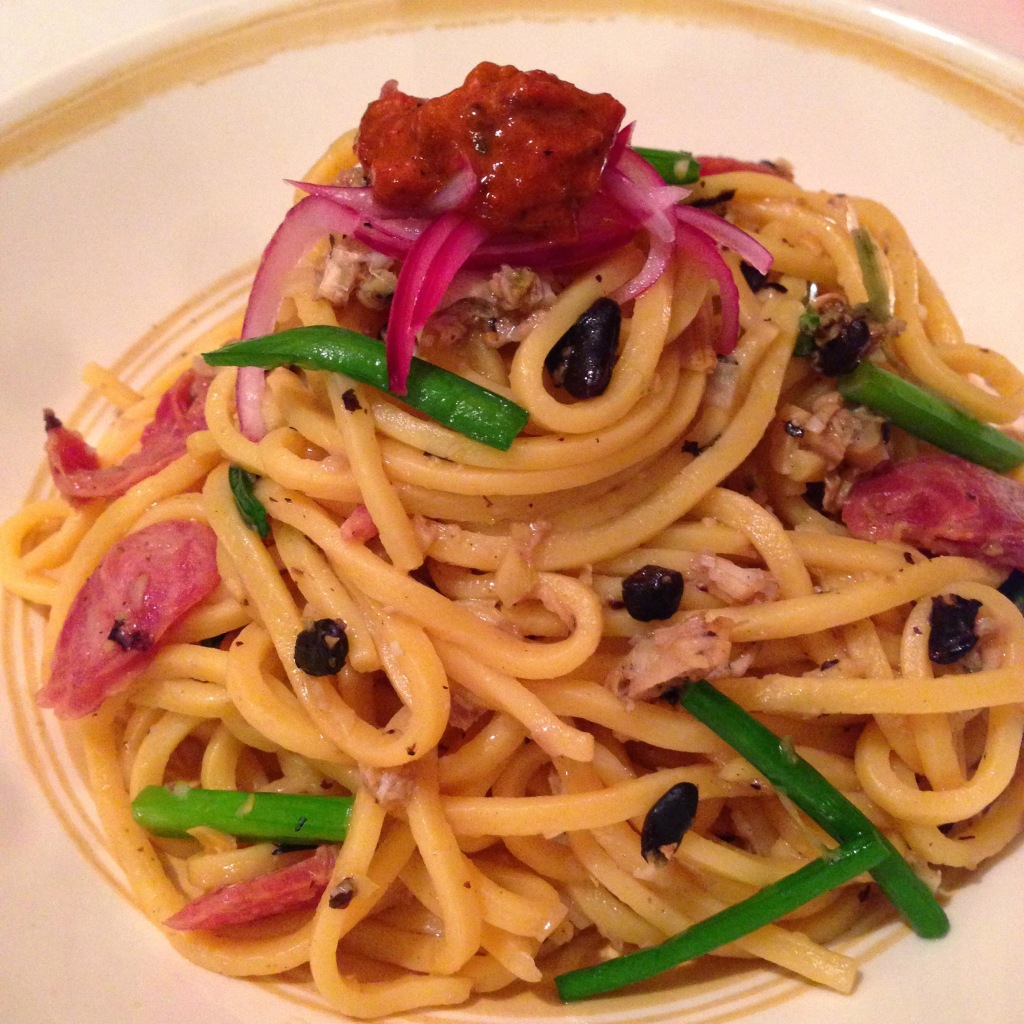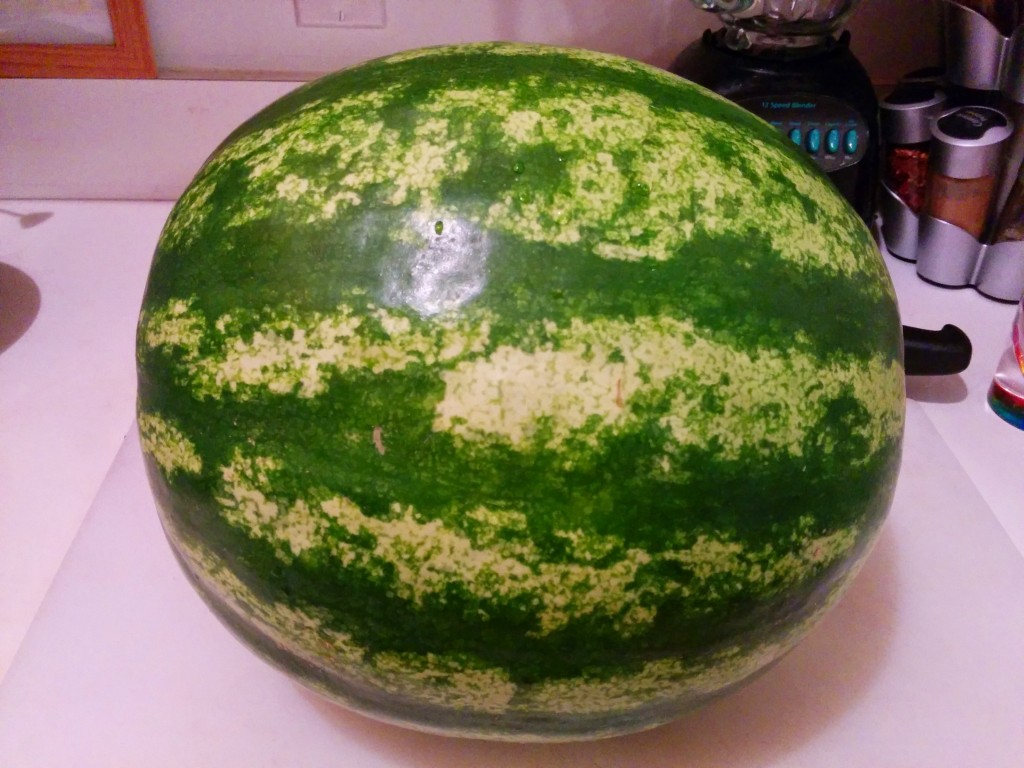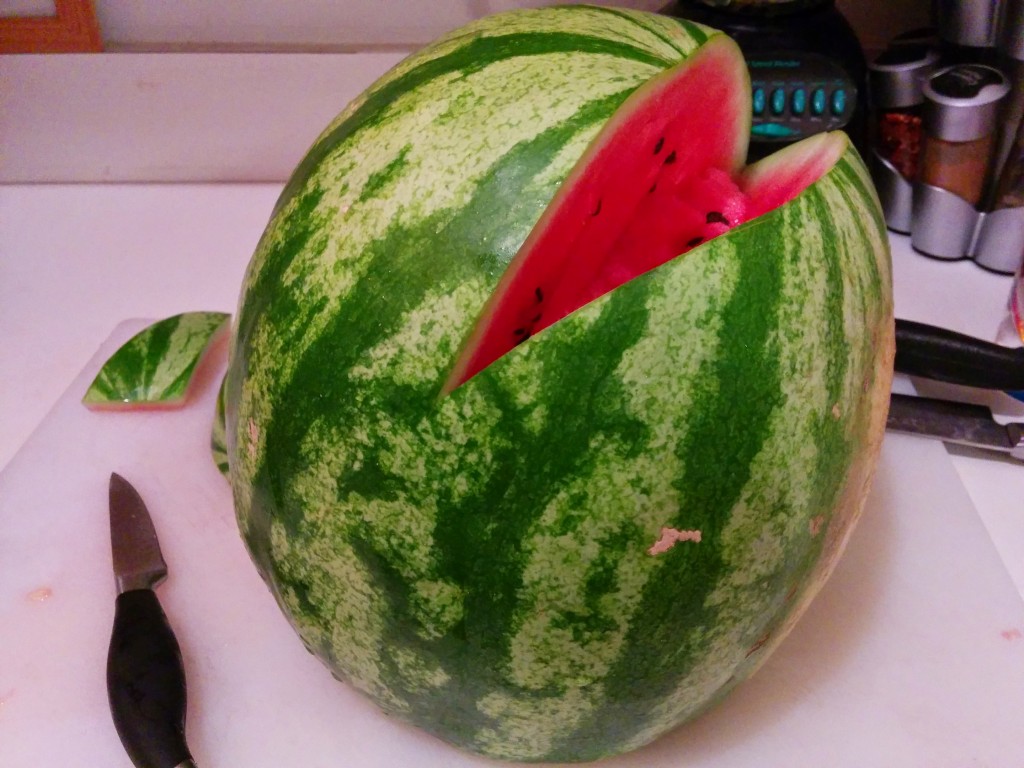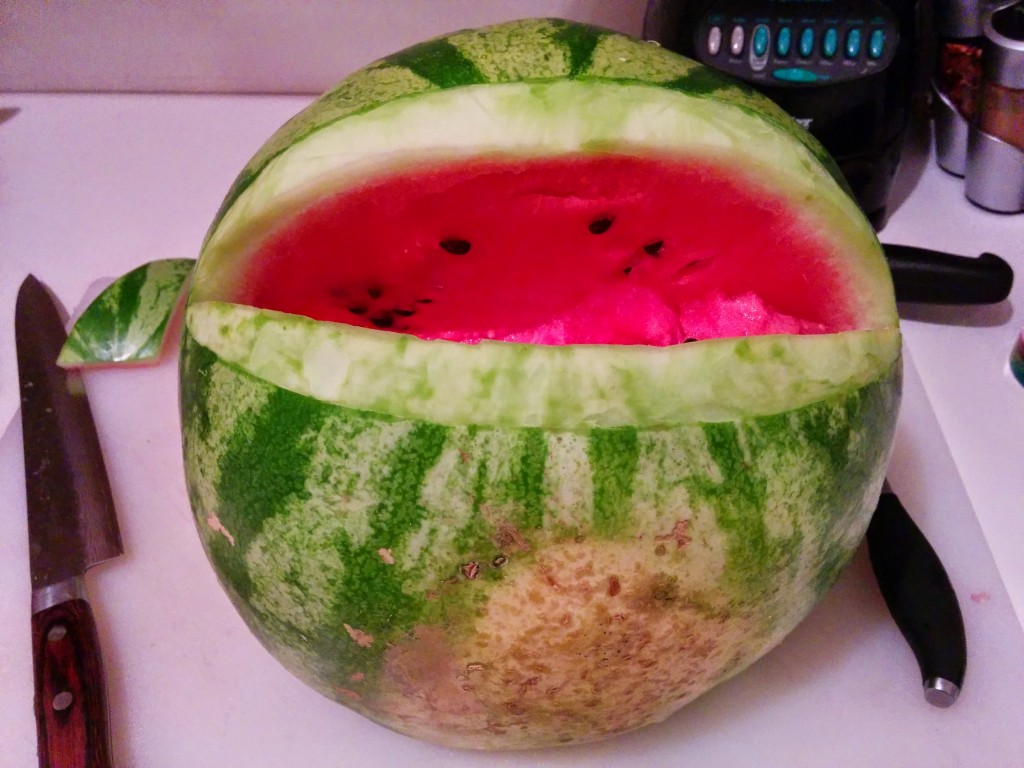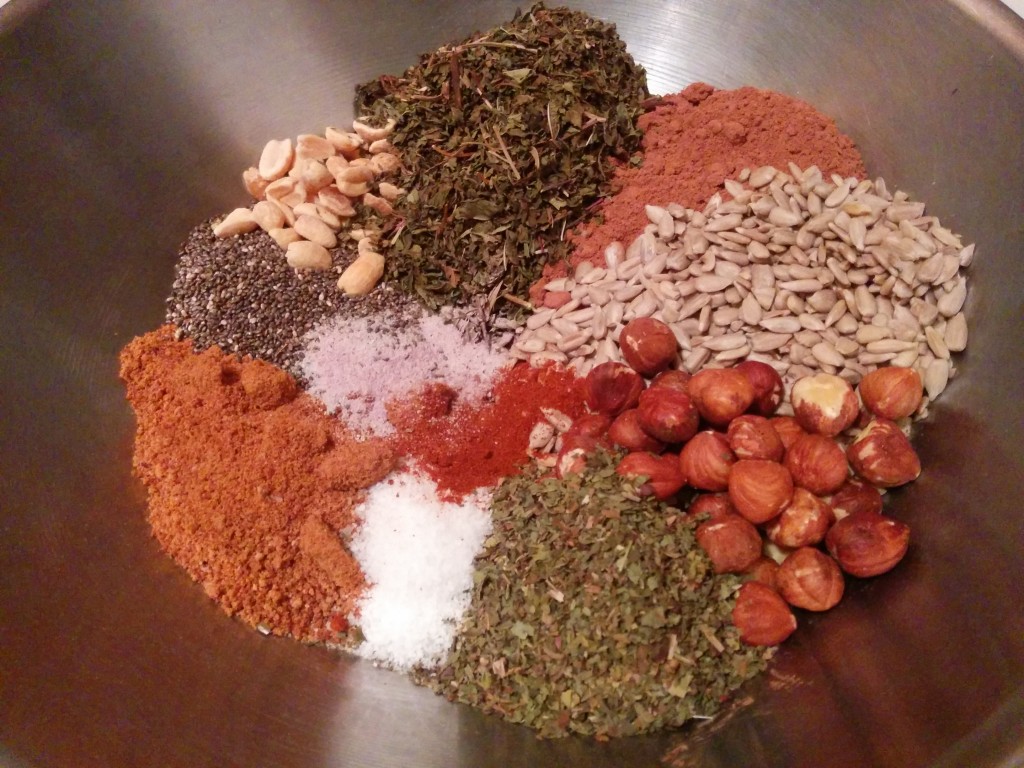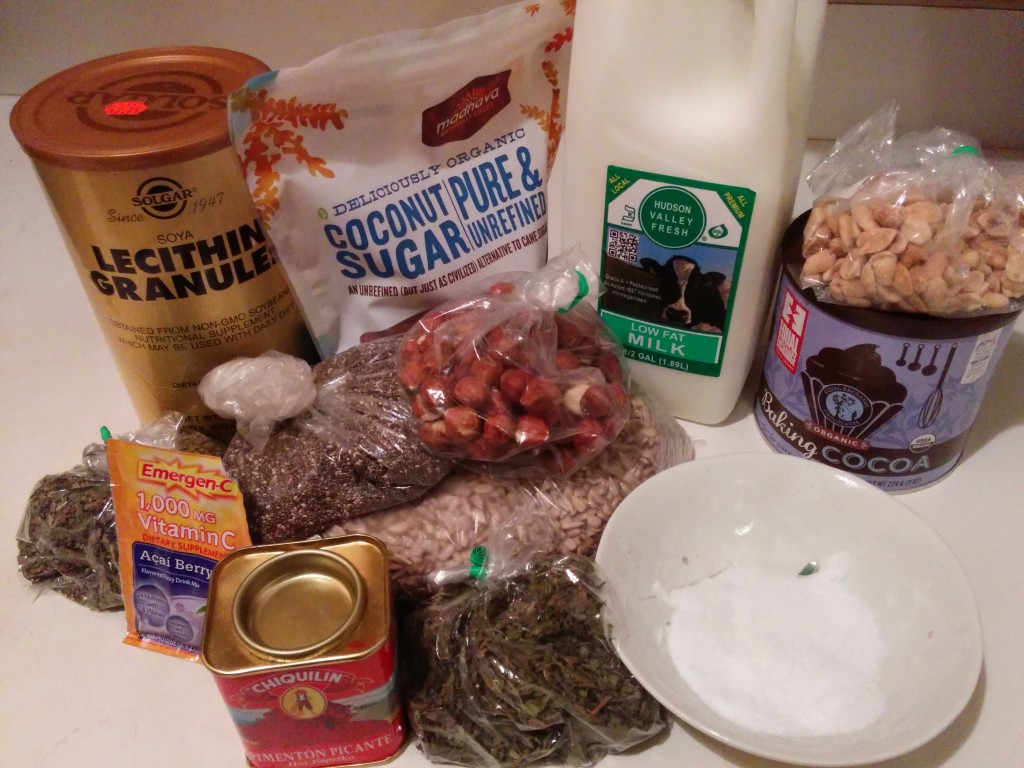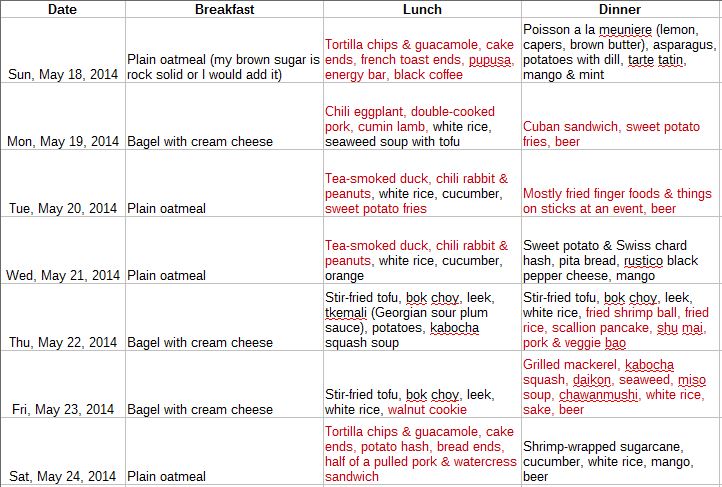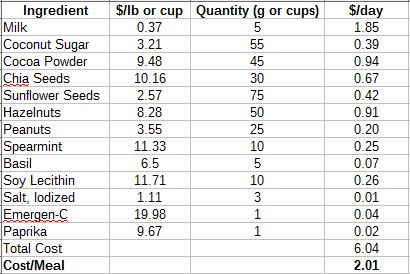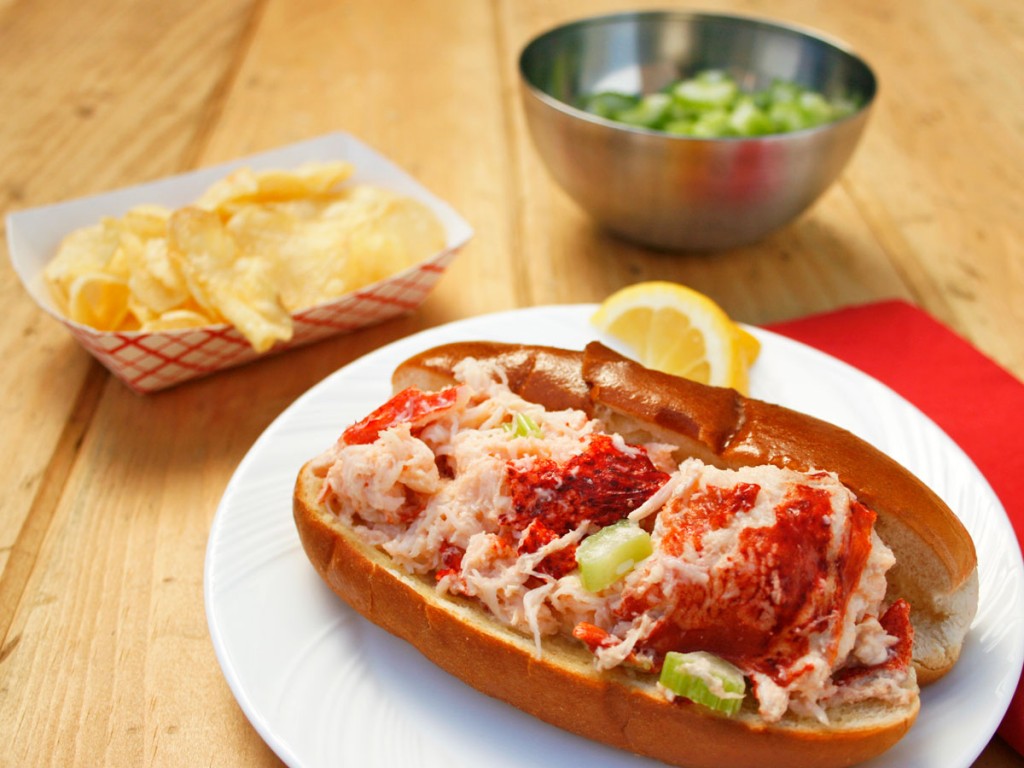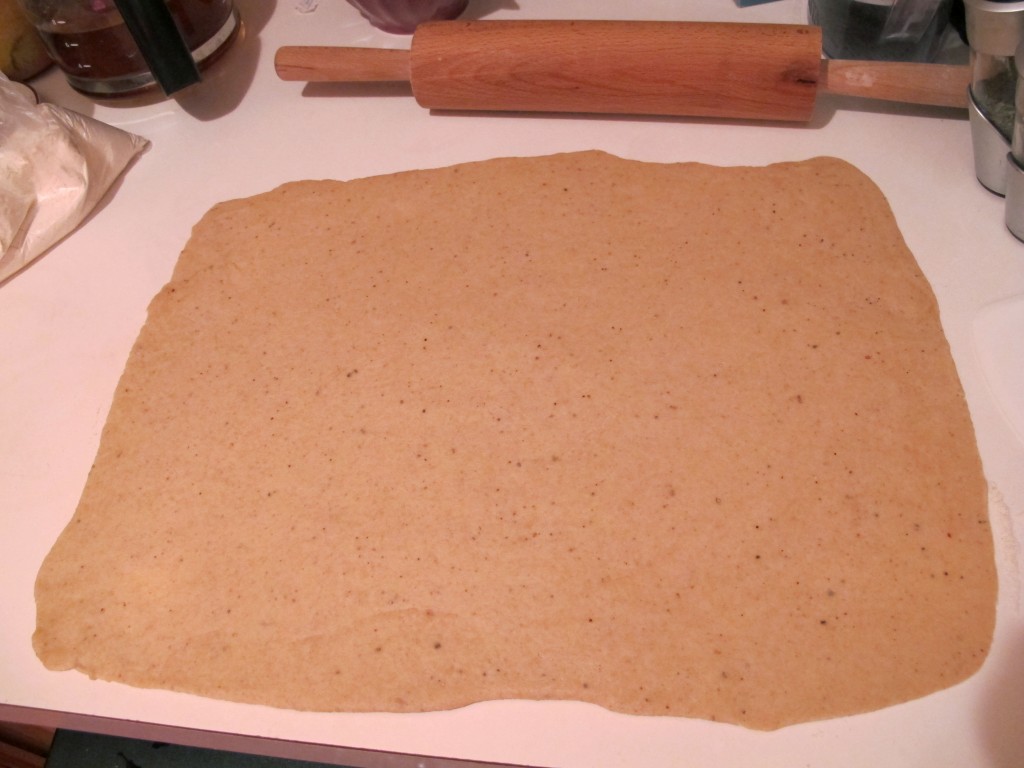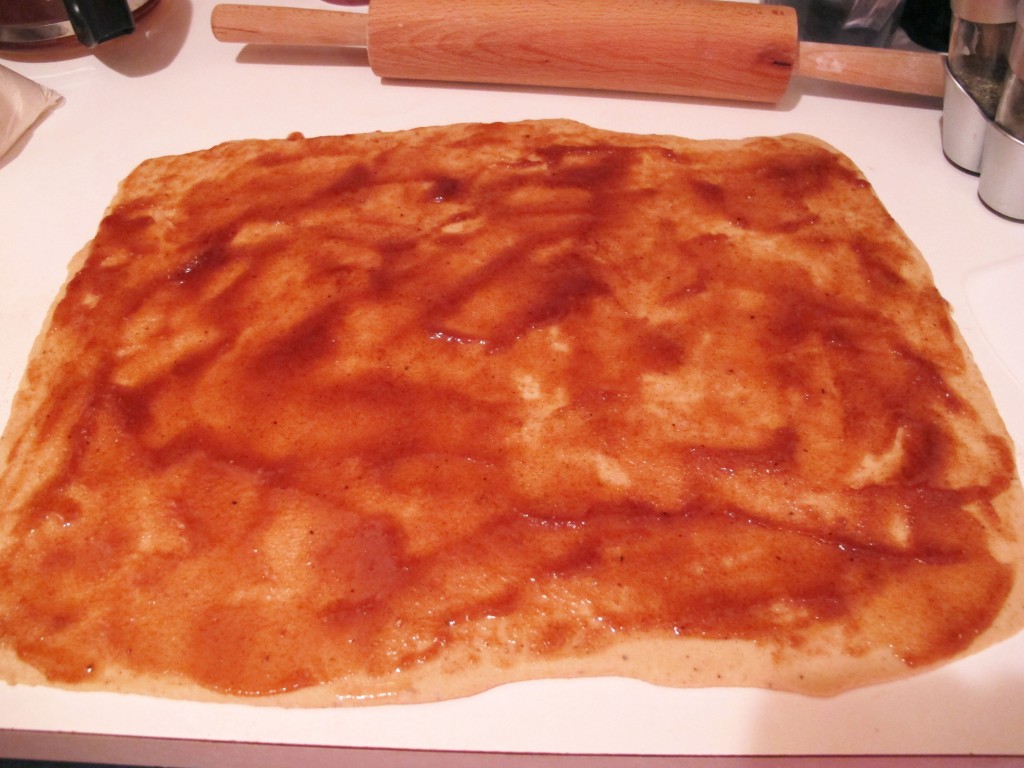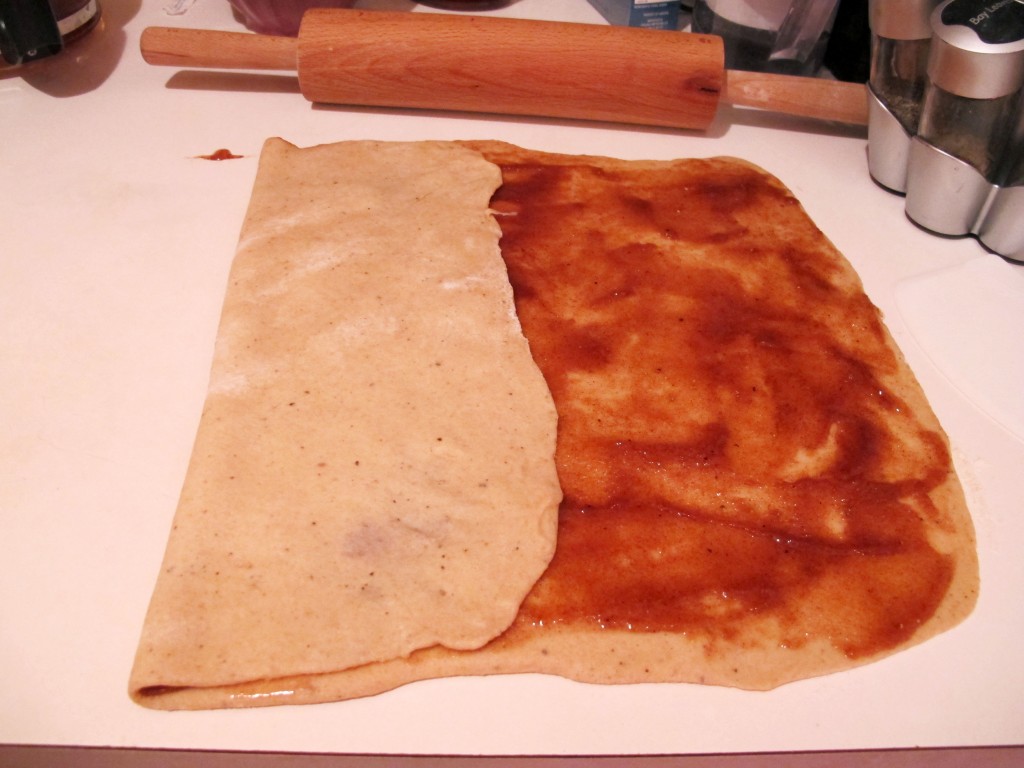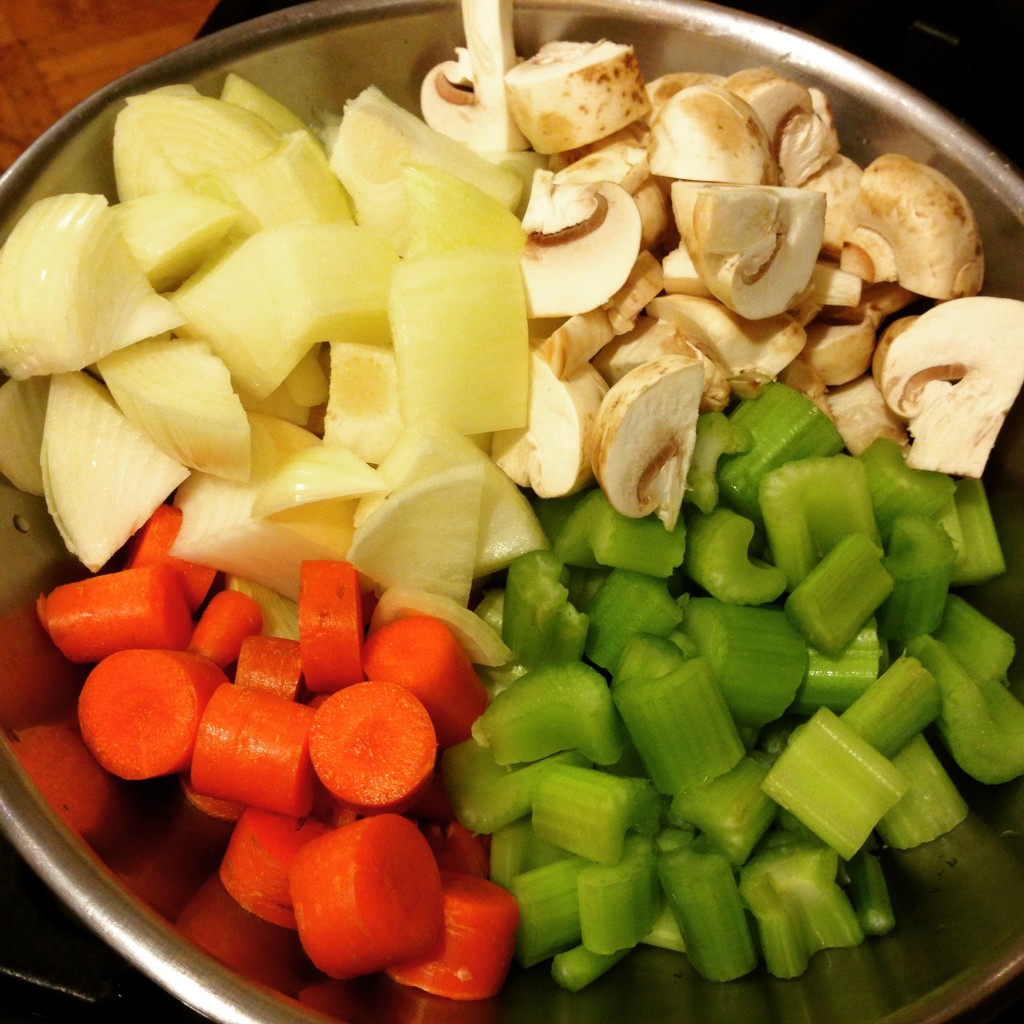
“I’m sorry, you’re doing what? Who are you and what did you do with my friend?”
“That’s cool…but please come back to us after a month, ok? Because seriously, if you don’t, there will be repercussions.”
“Oh that sounds awesome! You cook so much, it’s going to be really easy for you!”
Anyone who knows me knows that I like to eat heartily and adventurously. Is it spicy, smelly or squishy? Hand over a fork! What’s that, braised donkey? Excellent, we’re eating ass tonight! It also helps that I have the superhuman metabolism and appetite of a pro athlete (thank you daily biking!), so I’m pretty much always hungry and never say no to food. Which is why for the month of January, for the first time ever, I’m excited to be systematically stripping out large swaths of the food pyramid from my diet to go vegan. Wait, what?
There’s a number of reasons commonly cited for switching to a vegan diet: health, concern for the environmental impact of farming animals, ethics and so on. I’m familiar with the myriad arguments that are made around these issues and sympathize with all of them, but despite knowing all that I do, I still wasn’t compelled to give up an omnivorous diet. But what will my pork-loving Chinese family think? What if I take a trip to Argentina? But I work in the seafood industry, it’d be professional suicide to give up meat! What changed my mind was the realization that I could commit to a temporary stint as a vegan, and secondly, that there’s a ton of interesting innovations happening the alternative meat world (lab grown meat, cricket flour, better vegan substitutes). After all, I’m always eager to explore new techniques and ingredients, and by limiting my diet to plant-based ingredients, I will be motivated to learn just how delicious my food can be without reliance on cheats like cream, butter and bacon. If I can cook flavorful, interesting meals that will satisfy even a devout carnivore, I will consider myself truly talented as a chef.
Unlike my Soylent stint, which mostly elicited bemused curiosity and confusion, this time, the reactions from my friends ranged from enthusiasm to subdued apathy to outright hostility. Among the former camp were other folks who’d dabbled in vegetarian/vegan diets. Among the latter camp were folks who felt that my personal lifestyle choice was affecting their lives. I do tend to share food with people frequently, both in restaurants and from home-cooked meals, so I can see their point…but really, if anyone was going to be inconvenienced by my diet, it’d be myself. Even more interesting were the grumblings and fears that I might turn into a stereotypical PETA-flag-waving, fixie-riding militant vegan. The word “vegan,” it seemed, was anathema in my usual food-obsessed circles, synonymous with “hating fun” and “being judgmental.” So I began dropping the V-word and instead told people I was switching to a plant-based diet. Two sides of the same coin, but as any PR expert will tell you, it’s all in the delivery.
My mom was surprisingly supportive when I told her about my diet change, though perhaps in part because it was after the Christmas holidays and she wouldn’t be eating with me any time soon. After a few light warnings about eating plenty of beans (and not processed coincidentally vegan foods like Oreos), she started extolling the benefits of Buddhist veganism, aka what monks eat. In Buddhist philosophy, food is simply a type of life-augmenting medicine for your body, something that you eat in moderate amounts. In the same way that you would not take too much medicine, you would not overindulge in too much food (that would be sinful gluttony). Food is also not supposed to be too invigorating or exciting because you should eat with temperance. So, ingredients like onions, scallions, garlic and chili peppers are not used. And of course, alcohol is out. The end result is a cuisine that must walk a fine line between being not too interesting but not awful. “If you do this for a month,” explained Mom, “you’ll improve your fortunes and luck for the future!” Sorry Mom, I may be going vegan but I am definitely not ready to give up spicy food. So much for being spiritually purified.
I didn’t have much of a game plan going into January, but on New Year’s Eve, a vegan friend stopped by with a surprise gift, a copy of Vegan Soul Kitchen by Bryant Terry. Hold on, isn’t soul food traditionally pretty heavy on pork and butter, with vegetables being afterthoughts laced with bacon? I was intrigued. Terry studied at NYC’s Natural Gourmet Institute, whose curriculum has much more emphasis on healthy, seasonal cooking than the classical French butter-laced, gut-busting dishes that I’d learned at ICC. But in flipping the pages, I could see that Terry and I both agreed on some fundamental culinary truths. Namely: the importance of good stock.
As you read through the recipes in Vegan Soul Kitchen, you’ll notice that many of them call for various types of homemade stock. That’s right, no using store-bought vegetable stock as a shortcut, you must spend a couple hours making stock which will then be used for another two-hour recipe for what you actually want to eat. Prior to culinary school, I probably would have ignored all this and simply bought vegetable stock, but I know better now. There’s light-years of difference between homemade stock and the Tetrapack stuff, and homemade stock is a magical elixir that will add unimaginable layers of complexity and flavor into your final dish. So, step one of my vegan month: make vegetable stock.
Continue reading The V-Word, or Explorations with a Plant-Based Diet
